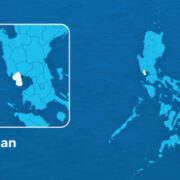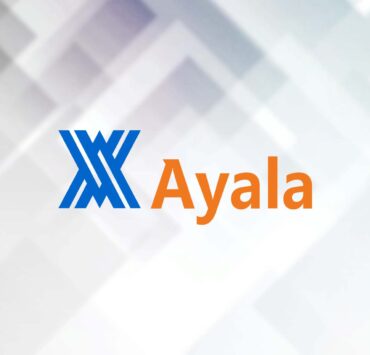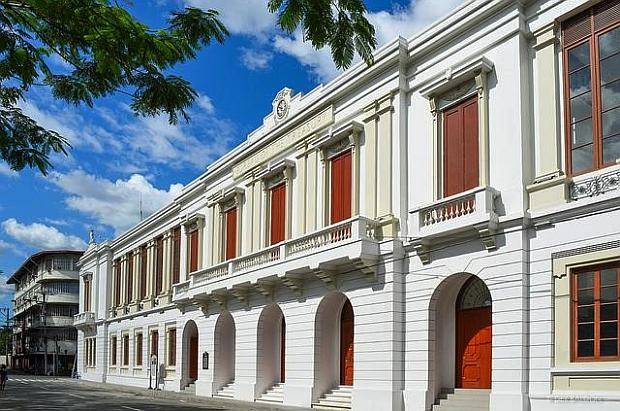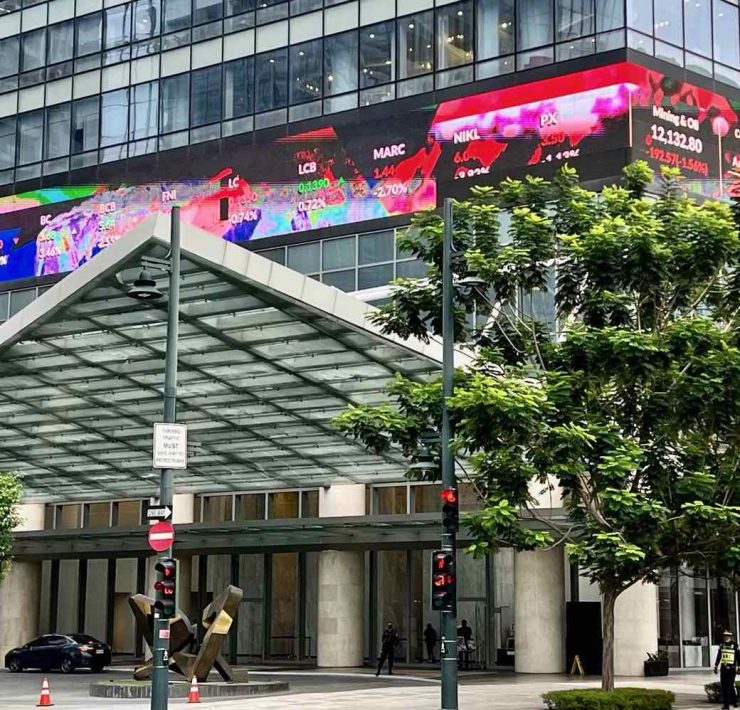Bank loan growth at 9-month low as Trump tariff bites
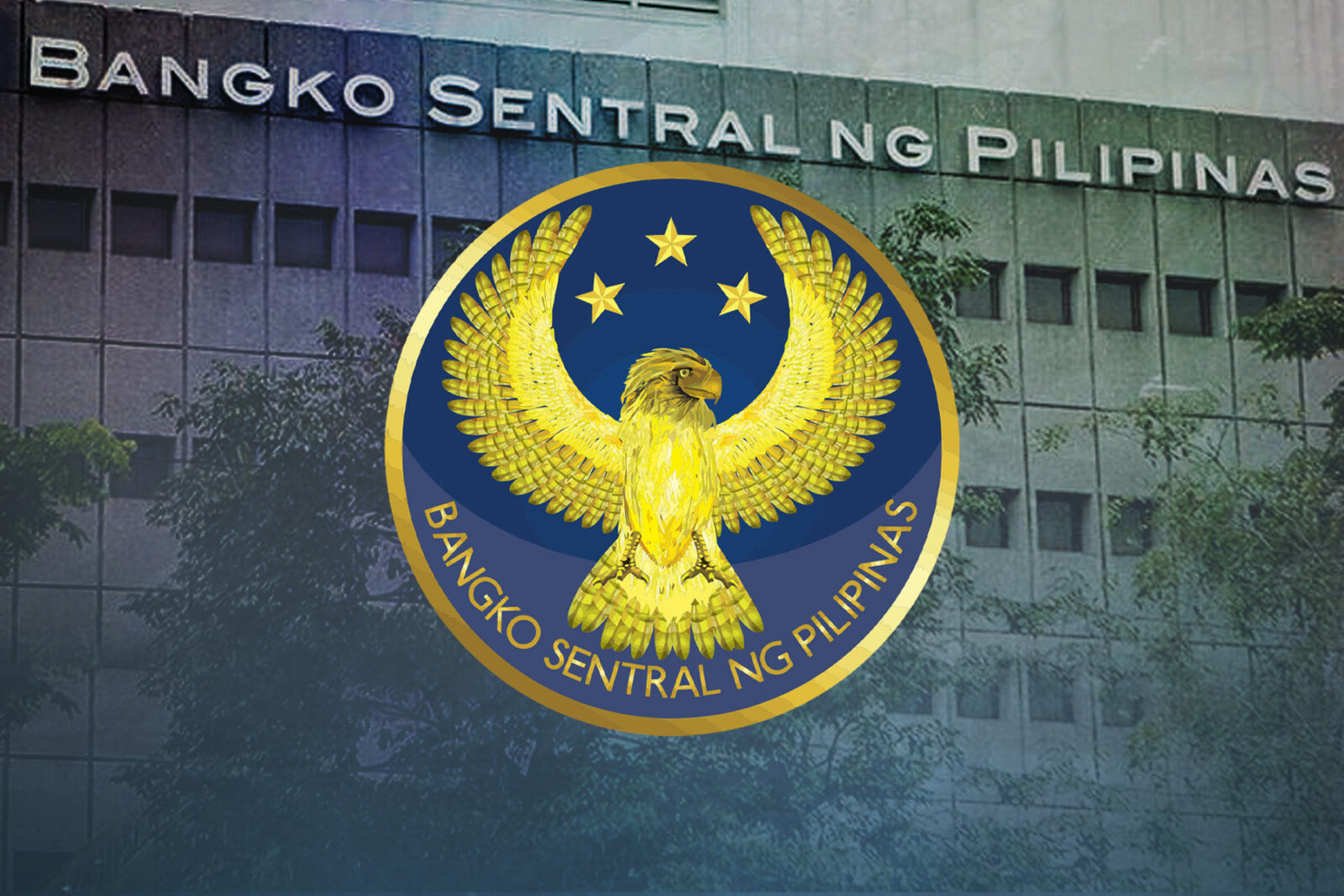
Bank lending in the Philippines grew at its slowest pace in nine months in August, the first month higher American tariffs took effect, as business appetite for credit weakened, particularly among exporters squeezed by faltering global trade.
Outstanding loans from big lenders, excluding their short-term placements with the central bank, grew by 11.2 percent from a year ago to P13.62 trillion, latest data from the Bangko Sentral ng Pilipinas (BSP) showed.
That marked the weakest expansion since November 2024, when loan growth was 11.1 percent. Month on month, lending was nearly flat, edging up just 0.4 percent.
Dissecting the BSP’s report, business loans, which accounted for 84.6 percent of large banks’ total loan book, expanded by 9.9 percent to P11.51 trillion. This was also the softest clip in nine months or since last November’s 9.8 percent.
Credit to manufacturers, the fourth-largest borrower group at nearly 9 percent of the total, shrank for a fourth consecutive month, dropping 5.5 percent after a 6.3 percent decline in July.
Leonardo Lanzona, an economist at the Ateneo De Manila University, said Filipino exporters continued to feel the strain from global trade uncertainties—a pain that may have been felt by other business sectors, too.
Latest government data showed export receipts grew by 4.6 percent to $7.1 billion in August, the weakest pace of expansion in eight months. Notably, outbound shipments to the US—which imposed a 19 percent tariff on Filipino goods beginning Aug. 1—tumbled by 11.2 percent.
“To some extent, the decline in the manufacturing activity affected the loans. This, in turn, resulted from the diminished level of exports, which largely dominate manufacturing,” Lanzona said.
“While much of the activity in the economy comes from services, even this sector is linked to manufacturing. The point is that we cannot ignore the export sector despite the fact that its value added is low as sectors are interdependent on one another,” he added.
On the consumer side, loans remained robust after growing by 23.9 percent, a tad faster than the preceding month’s 23.6 percent. This was driven by credit cards, motor vehicle loans and salary-based borrowings.
Looking ahead, retail lending could help underpin credit growth in the coming months as holiday spending picks up, said Reinielle Matt Erece, an economist at Oikonomia Advisory & Research Inc.
“We may see a rebound in spending activity come the holiday season, and may result in faster lending activity,” Erece said.












